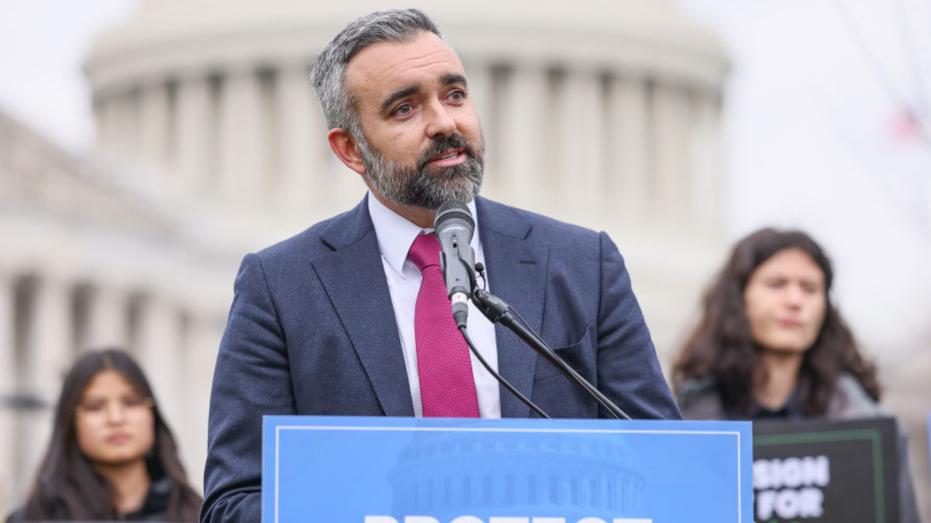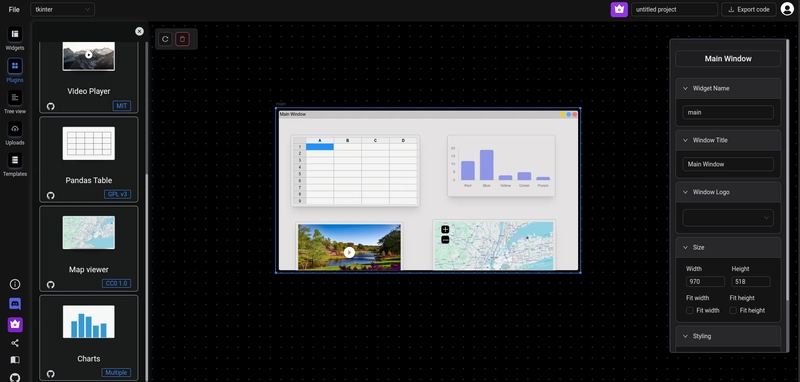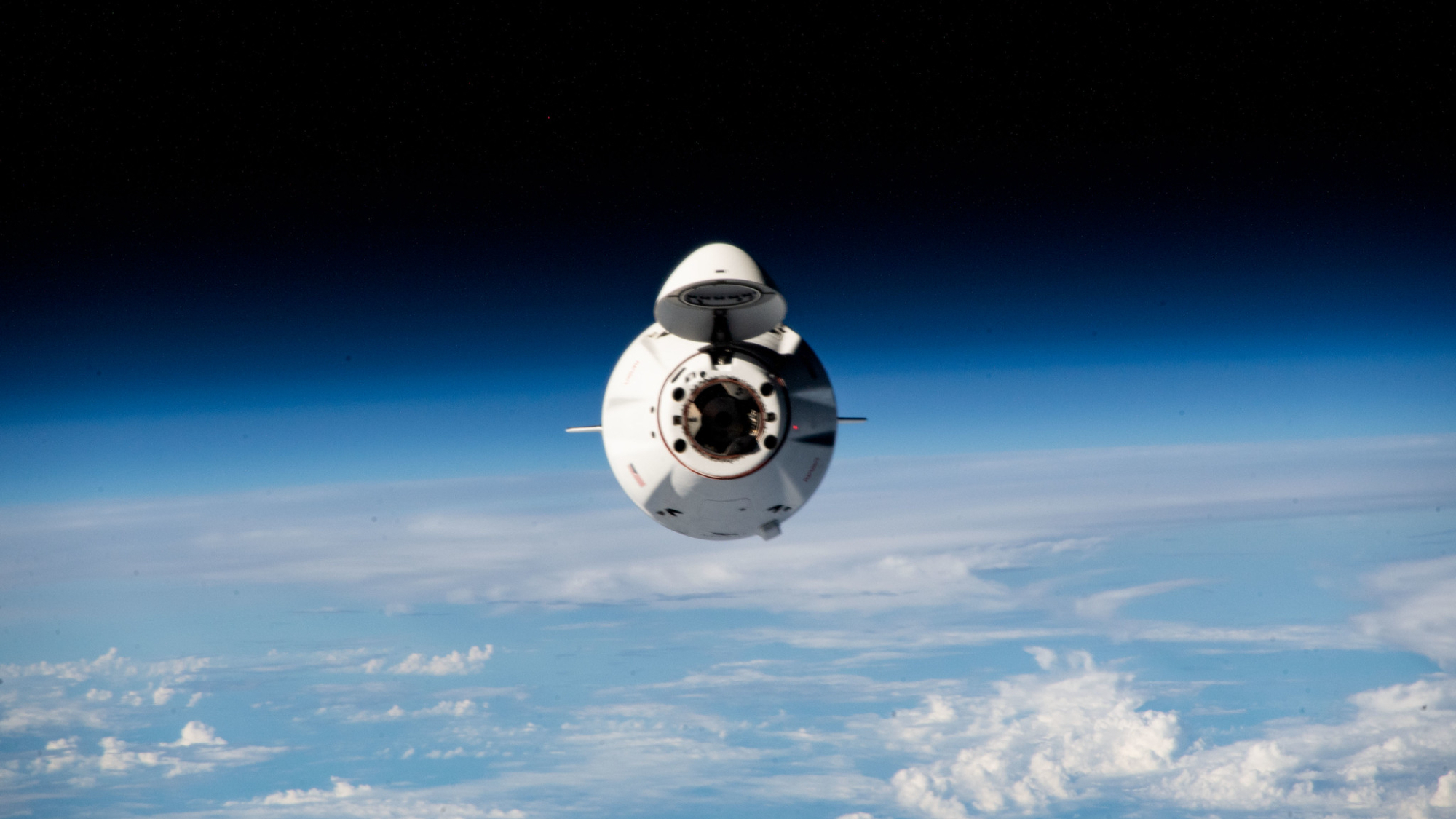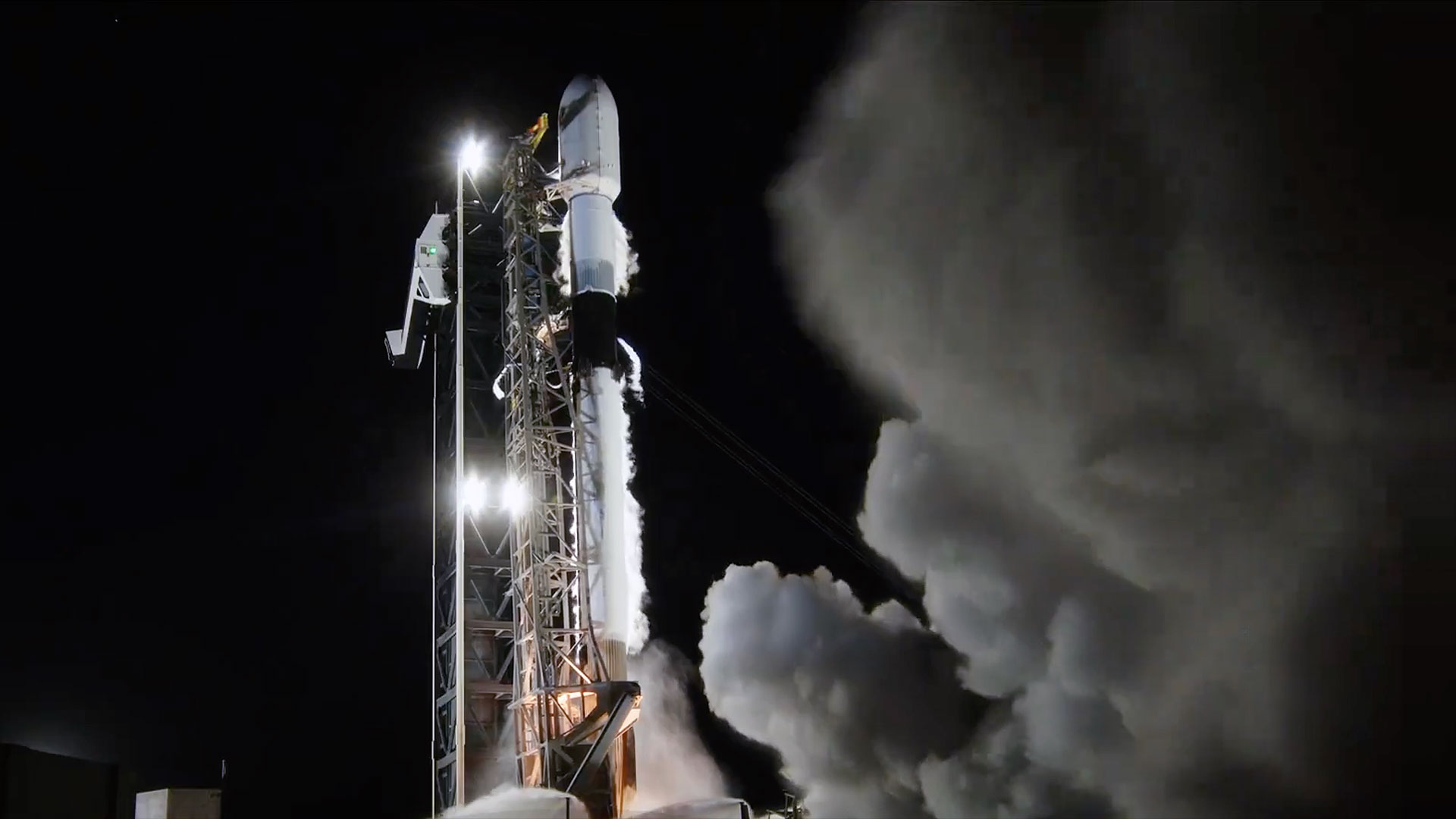How to Foster Innovation and Creativity in Software Teams While Meeting Tight Deadlines
Innovation and deadlines. Two words that often feel like oil and water in the software world. On one hand, you want your team to think big, take creative risks, and build game-changing solutions. On the other, you’ve got a sprint to close, a product launch looming, and stakeholders expecting results yesterday. So how do you foster innovation without sacrificing delivery? Redefine What Innovation Looks Like Not every breakthrough is a moonshot. Sometimes innovation is finding a faster way to deploy, automating a flaky test, or rethinking how a screen flows. Encourage your team to innovate within constraints. Small, practical improvements often stack into meaningful impact. Ask: What’s one small thing we could do differently this sprint that would save us time next time? Create Micro-Spaces for Creativity Waiting for a hackathon or innovation sprint every quarter isn’t enough. Instead, build micro-spaces for creativity into everyday work: Set aside 10% time for experimentation or learning. Rotate a creative lead in retros to explore process experiments. Host lightning demos of internal tools or side projects. These little moments keep curiosity alive—even during crunch time. Celebrate Experiments, Not Just Outcomes When timelines are tight, there’s a tendency to play it safe. But safe rarely leads to standout ideas. Normalize the mindset that experiments are wins, regardless of outcome. Make space in standups and sprint reviews to talk about what didn’t work and what was learned. That psychological safety is the foundation of creative risk-taking. Guardrails, Not Gates Structure and process aren’t the enemy of innovation they’re the scaffolding. Use lightweight frameworks to give teams focus without boxing them in. For example: Use OKRs to align innovation with business value. Define innovation zones where experimentation is welcome (like internal tooling). Timebox spikes or discovery sprints so they don’t derail timelines. Lead by Modelling Creative Confidence If you want your team to take risks, you have to go first. Share your rough ideas early. Talk openly about past experiments that didn’t pan out. When leaders show vulnerability and creativity, it signals to the team that it’s safe to do the same. Make Delivery a Team Sport Tight deadlines don’t mean everyone has to grind solo. Shared pressure builds camaraderie and shared wins fuel motivation. Use deadlines as moments of alignment, not isolation. Ask: Where can we collaborate to unblock each other faster? Is this must-have really must-have for this release? What would just enough look like? Speed and innovation both thrive when teams rally around constraints instead of being crushed by them. Final Thought : The best teams I’ve worked with didn’t sacrifice creativity for delivery or vice versa. They understood that constraints can inspire invention, and that fostering creativity is less about finding more time and more about using the time you have differently. Tight timelines will always be a reality. But with the right mindset, structure, and culture, so can breakthrough ideas. Next time: Balancing Autonomy and Alignment: How to Empower Teams Without Losing Sight of Strategy

Innovation and deadlines. Two words that often feel like oil and water in the software world. On one hand, you want your team to think big, take creative risks, and build game-changing solutions. On the other, you’ve got a sprint to close, a product launch looming, and stakeholders expecting results yesterday.
So how do you foster innovation without sacrificing delivery?
Redefine What Innovation Looks Like
Not every breakthrough is a moonshot. Sometimes innovation is finding a faster way to deploy, automating a flaky test, or rethinking how a screen flows. Encourage your team to innovate within constraints. Small, practical improvements often stack into meaningful impact.
Ask:
What’s one small thing we could do differently this sprint that would save us time next time?
Create Micro-Spaces for Creativity
Waiting for a hackathon or innovation sprint every quarter isn’t enough. Instead, build micro-spaces for creativity into everyday work:
Set aside 10% time for experimentation or learning.
Rotate a creative lead in retros to explore process experiments.
Host lightning demos of internal tools or side projects.
These little moments keep curiosity alive—even during crunch time.
Celebrate Experiments, Not Just Outcomes
When timelines are tight, there’s a tendency to play it safe. But safe rarely leads to standout ideas.
Normalize the mindset that experiments are wins, regardless of outcome. Make space in standups and sprint reviews to talk about what didn’t work and what was learned. That psychological safety is the foundation of creative risk-taking.
Guardrails, Not Gates
Structure and process aren’t the enemy of innovation they’re the scaffolding. Use lightweight frameworks to give teams focus without boxing them in.
For example:
Use OKRs to align innovation with business value.
Define innovation zones where experimentation is welcome (like internal tooling).
Timebox spikes or discovery sprints so they don’t derail timelines.
Lead by Modelling Creative Confidence
If you want your team to take risks, you have to go first. Share your rough ideas early. Talk openly about past experiments that didn’t pan out. When leaders show vulnerability and creativity, it signals to the team that it’s safe to do the same.
Make Delivery a Team Sport
Tight deadlines don’t mean everyone has to grind solo. Shared pressure builds camaraderie and shared wins fuel motivation. Use deadlines as moments of alignment, not isolation.
Ask:
Where can we collaborate to unblock each other faster?
Is this must-have really must-have for this release?
What would just enough look like?
Speed and innovation both thrive when teams rally around constraints instead of being crushed by them.
Final Thought :
The best teams I’ve worked with didn’t sacrifice creativity for delivery or vice versa. They understood that constraints can inspire invention, and that fostering creativity is less about finding more time and more about using the time you have differently.
Tight timelines will always be a reality. But with the right mindset, structure, and culture, so can breakthrough ideas.
Next time: Balancing Autonomy and Alignment: How to Empower Teams Without Losing Sight of Strategy








































































